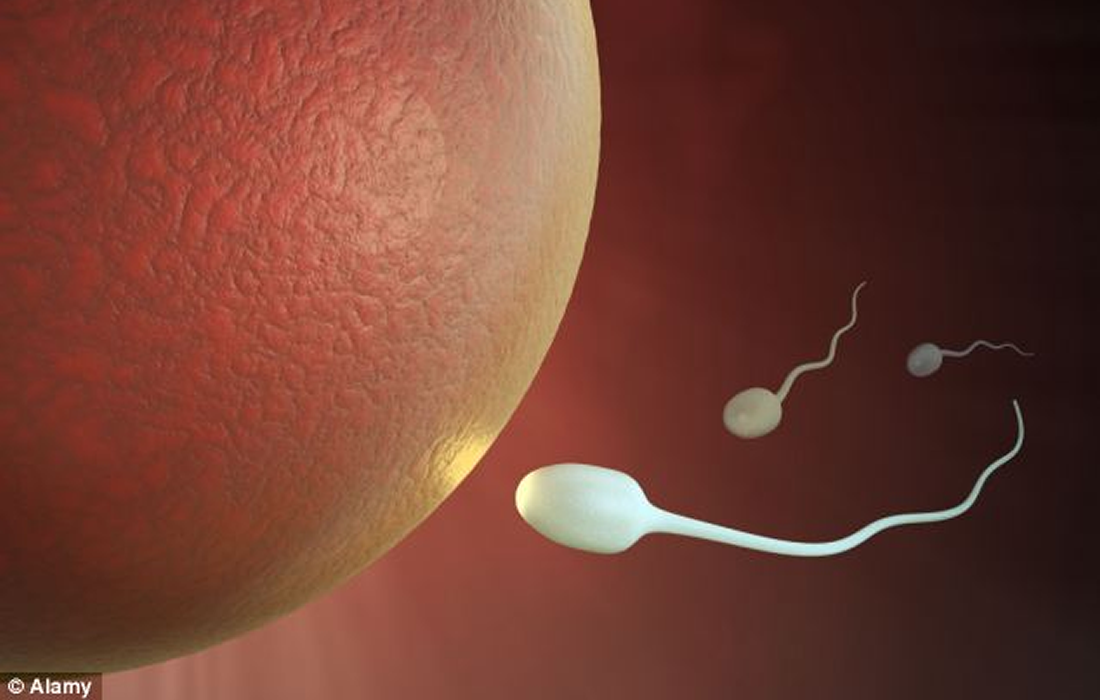Platelet-Rich Plasma
Use of Platelet-rich Plasma in human reproduction
Reports on clinical uses of platelet-rich plasma (PRP) have dramatically increased in the last decade. Indications for PRP therapy range from muscle and skeletal injuries to hair regrowth. More recently evidence has shown its positive effects in promoting endometrial and follicular growth and gestation in assisted reproduction cycles.
Platelets are small, anucleated cell fragments released from megakaryocytes found in the bone marrow. They contain numerous proteins, several growth factors and cytokines stored in cytoplasmic granules. In addition, there are proteins with antimicrobial and fungicidal actions.
Among the several growth factors stored and released by platelets, there are the platelet derived growth factor (PDGF), the epidermal growth factor (EGF), the insulin-like growth factor (IGF-1), transforming growth factor b-I (TGFb-I), vascular endothelial growth factor (VEGF) and the basic fibroblast growth factor (bFGF).
The first trial on the use of PRP in human reproduction technologies was reported by a Chinese group to improve endometrial thickness in patients undergoing In Vitro Fertilization treatment. They infuse PRP directly into the uterine cavity in 5 patients whose infertility treatment could not be accomplished due to poor endometrium growth in previous cycles. It was performed during the 10th day of hormonal replacement therapy. Except for one patient whose gestation ended in an abortion, the other 4 patients went succesfully to term.
A similar report was recently published on the use of PRP to improve endometrial thickness in a series of 10 patients with a history of frozen-thawed embryo transfer (FET) cancelations due to poor endometrial growth. All 10 patients presented an endometrial thickness above 7 mm after PRP administration and five became pregnant after FET. The authors concluded that PRP was effective in inducing endometrial development in patients with thin, poor endometrium. In both studies, endometrial thickness improved for all patients to or above 7 mm.
A possible explanation on the mode of action of PRP on endometrial growth and receptivity is via its antimicrobial, anti-inflammatory properties, as demonstrated on human chondrocytes.
The use of PRP for different conditions in the medical field continues growing. There is a need for more clinical randomized trials to standardize its use and improve our knowledge on PRP mode of action to better understand on how and in what clinical situations it should be administered.
Source:
Bos-Mikich A, de Oliveira R, Frantz N. Platelet-rich plasma therapy and reproductive medicine. J Assist Reprod Genet. 2018;35(5):753-756.
Source link: https://www.ncbi.nlm.nih.gov/pmc/articles/PMC5984895/

